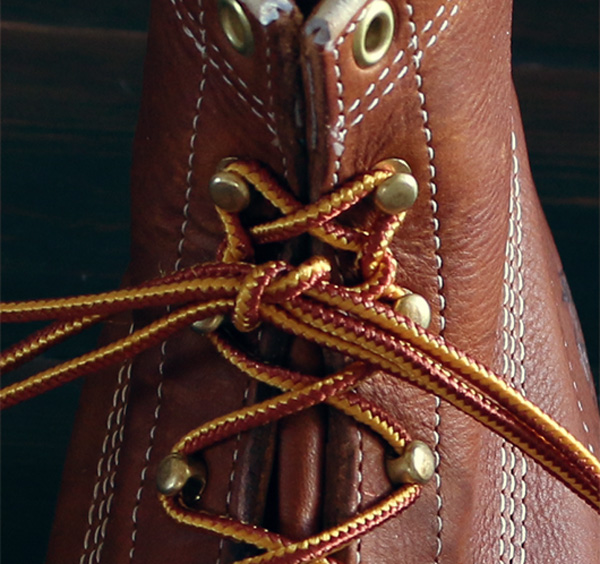As a result of new boots should not imply blisters.
Ah, fall. Maybe one of the best time of yr for males’s type. The cooler climate permits us to make the most of a number of layers, creating a sensible, put-together look. It additionally means you could be gearing up with some new boots. There’s one thing harking back to Christmas morning after I open a field of recent, rugged boots. The creaseless leather-based evokes new adventures…and that new leather-based scent – nothing else prefer it. Yow will discover many choices which can be hardy and constructed to final, and there is one thing about them that simply makes you are feeling able to tackle the day.
The issue is, it may be arduous to discover a pair of shoes that simply match fairly proper. Since many are nonetheless easy designs, with the higher being virtually fully one layer of leather-based, they lack the froth and rubber which can be current in athletic footwear that conform to your foot. Many people discover ourselves in-between half-sizes, or with one foot barely completely different from the different, however even on completely fitted new boots the breaking-in interval generally is a painful one.
One frequent downside is the heel of your foot not staying in place. This slippage may cause blisters and different annoying issues that many guys simply assume they need to put up with.
Properly I am glad to say, there is a super-simple lacing approach that ought to cease all of the slipping and supply a snug, comfortable match together with your lovely new boots. Used for ages by climbers, runners, and shoe retailer salesmen, using this “lock lacing” approach often known as the Heel Lock could make a surprisingly dramatic distinction in how your footwear suits.
The heel lock lacing approach creates a safer match round your ankle and heel by rising rigidity on the prime of the boot with out proscribing your foot. This reduces pointless motion of your heel contained in the boot, which is commonly the primary explanation for rubbing and blisters. By locking your heel in place, the lace rigidity prevents your foot from sliding up and down, which retains friction to a minimal.
The lacing approach can be utilized for sneakers as properly.
(Just like the look of the boots featured right here? The American-made moc toe boots are from Thorogood.)
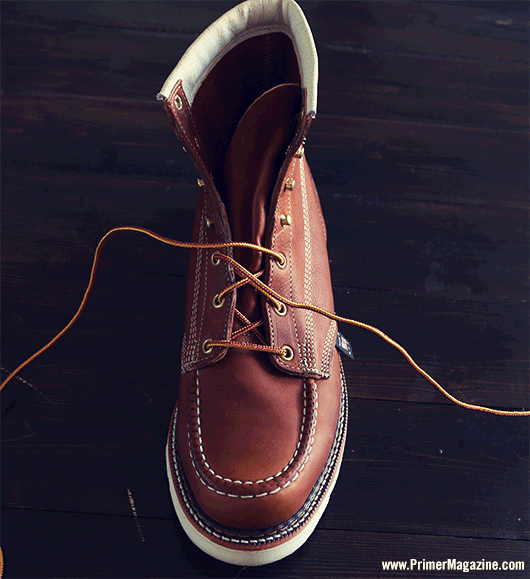

Step 1: Don’t cross the highest two pace hooks, as a substitute lace vertically
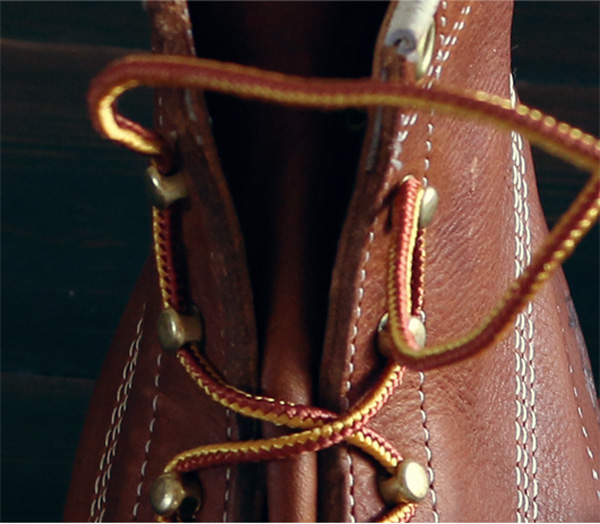

This may also be completed in case your boots have eyelets as a substitute of pace hooks.
Step 2: Cross over, and move the lace beneath the vertical lace
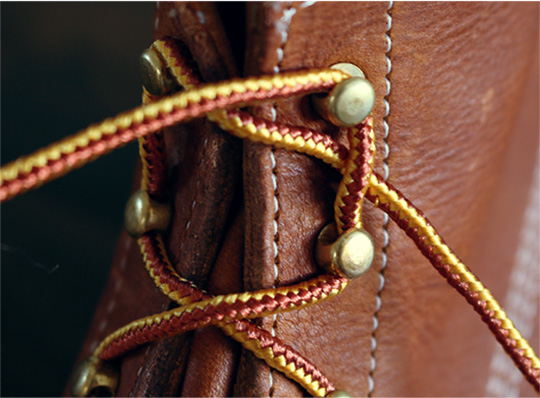

Step 3: Repeat with the opposite finish
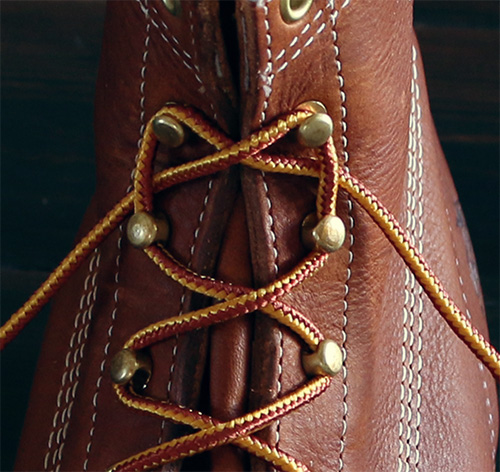

Step 4: Pull the ends in the direction of your toes to tighten, then begin a traditional knot
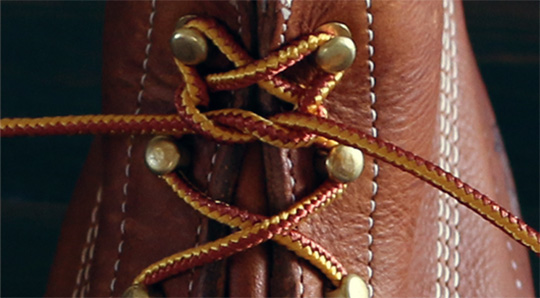

Step 5: End the usual bow
